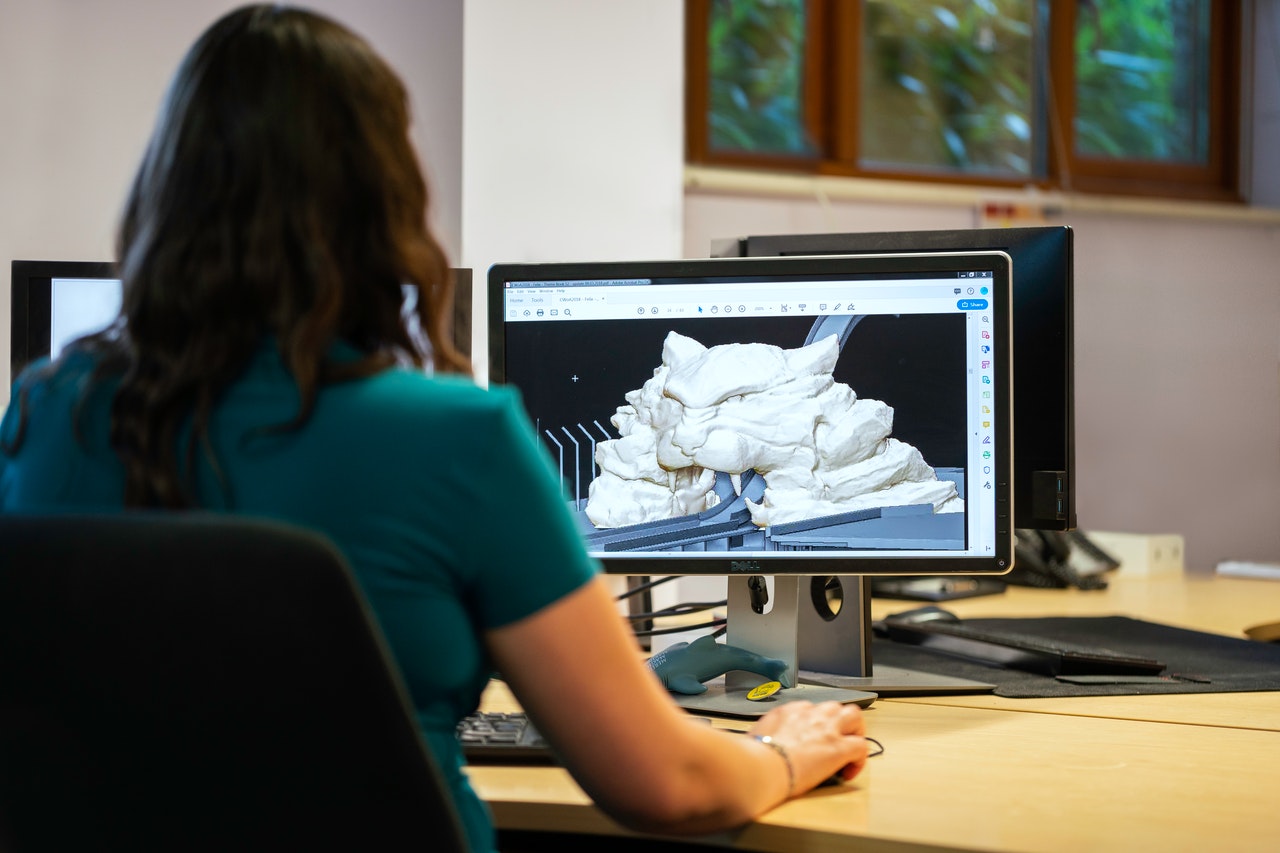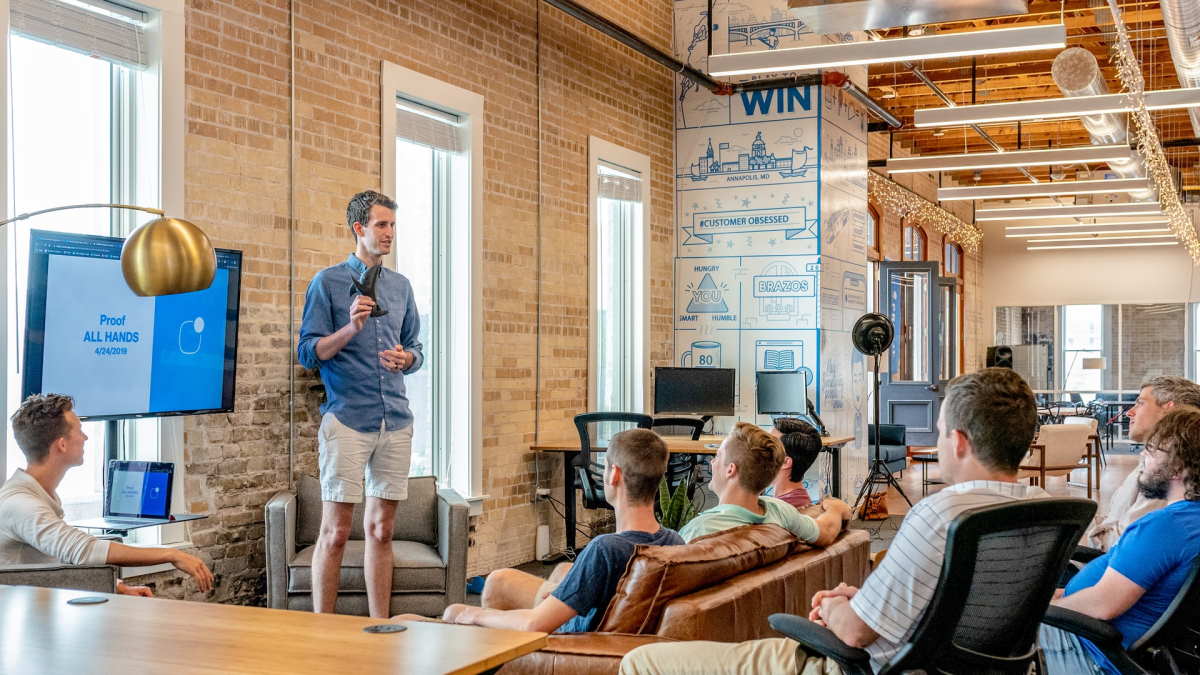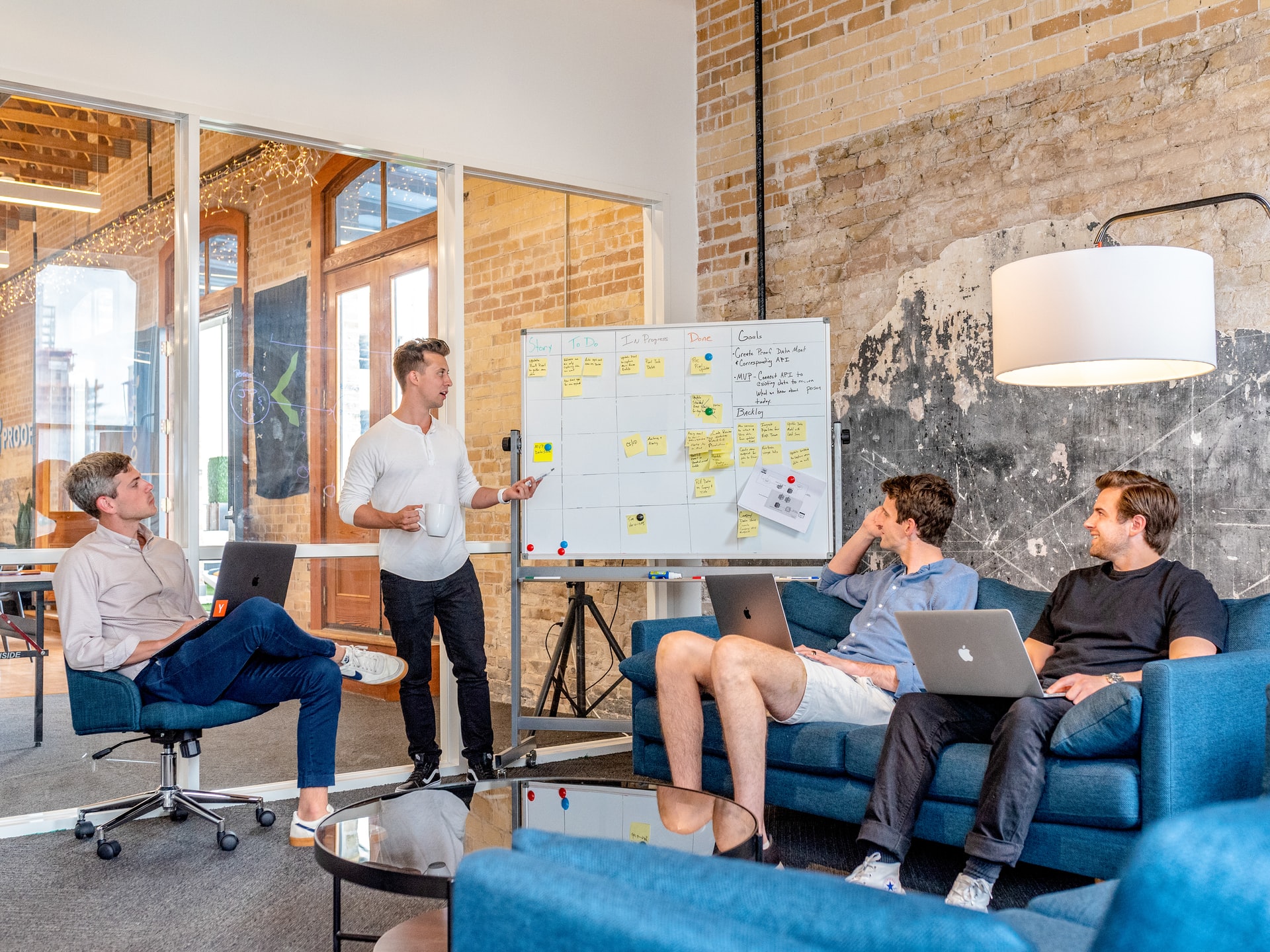With a vast majority of employees advocating for better work-life balance and stating that flexibility promotes it, it’s clear that modern tools that support flexible work arrangements are critical to enhancing workplace productivity. Interestingly, according to reports, about 50% of employers are expected to automate roles within their companies soon, indicating a substantial shift towards technology-driven work environments.
This shift is predicted to enhance productivity by reducing redundant work processes and freeing up employee time for more strategic tasks. As we explore how Microsoft Copilot can revolutionize team productivity, remember: the right tools not only make tasks easier but also keep your team happier and more engaged.

Understanding Microsoft Copilot: Features and Capabilities
Embedded within the familiar Microsoft Office suite, Microsoft Copilot uses artificial intelligence to streamline tasks that traditionally consume considerable time. Copilot helps employees efficiently complete tasks, from drafting emails to building complex data models, enabling them to concentrate on more strategic activities.
This AI-driven assistant not only automates the basics but also brings advanced analytics and predictive technology to everyday tasks, making it easier to forecast trends and prepare reports. With Copilot, document accessibility improves as it can summarize lengthy documents, highlight key points, and even suggest edits to enhance clarity and impact. This tool adapts to individual user habits, offering personalized shortcuts and automation that make repetitive tasks faster and less error-prone.
To further understand its capabilities, partnering with companies specializing in Microsoft consulting services, such as those focusing on SharePoint, Power Apps, and Microsoft 365, can greatly enhance the Microsoft Copilot training process. These partners can provide corporate training services tailored to your specific needs, helping your team utilize Microsoft tools effectively. This targeted training ensures that employees not only become proficient in basic functionalities but also in leveraging advanced features of Copilot, such as analytics and automation, to improve productivity and strategic output in their daily tasks.
Setting Up Microsoft Copilot for Your Team
Integrating Microsoft Copilot into your team’s workflow starts with a proper setup. This involves installing the software across the necessary devices and ensuring all team members have access to the relevant Office programs. The initial phase is critical and should focus on aligning Copilot’s capabilities with your team’s specific needs, ensuring the tool complements existing workflows rather than disrupting them.
It’s crucial to ensure that all hardware meets the software’s system requirements to handle its AI capabilities efficiently. Network considerations are also vital; since Copilot relies heavily on cloud processing, a stable and fast internet connection is necessary to leverage its full potential. Additionally, IT staff should be trained to handle any technical issues that might arise, ensuring that downtime is minimized and support is readily available.
Training Your Team to Use Microsoft Copilot Effectively
Effective training is essential for any new tool, and Microsoft Copilot is no exception. Training should go beyond basic functionality, delving into how Copilot can be used in daily tasks specific to your team’s objectives.
The emphasis should be on practical applications and troubleshooting common issues, with a focus on real-world scenarios that your team faces. This should include hands-on sessions where team members can interact with Copilot under guidance, exploring its integration with tools they use daily such as Excel, Outlook, and PowerPoint.
Creating internal resources like quick-reference guides or having a dedicated Copilot expert within the team can help address ongoing questions and facilitate deeper learning. Moreover, it’s important to keep training updated with any new features or updates that Microsoft releases, ensuring that the team always operates with the most current knowledge and tools.
Enhancing Teamwork With Microsoft Copilot
Microsoft Copilot revolutionizes team collaboration. It automates mundane tasks, freeing up team members to collaborate more effectively. Whether improving a group project or generating ideas in brainstorming sessions, Copilot ensures all team members are informed and aligned by providing up-to-date information and document changes, thus creating a vibrant and engaging teamwork environment.
Copilot enhances meeting efficiency by summarizing prior communications, suggesting discussion points, and preparing follow-up emails. Its seamless integration with platforms like Microsoft Teams or SharePoint ensures consistent data sharing, keeping everyone informed. This boosts the pace of project execution and elevates output quality as teams invest more time in critical thinking and value creation.
Monitoring and Measuring Productivity Gains
To truly understand the impact of Microsoft Copilot, teams should monitor productivity metrics before and after its implementation. This could involve tracking time spent on tasks, quality of output, and overall team performance. Analyzing these metrics will help identify productivity gains and provide insights into how well Copilot is integrating into daily operations. Establishing baseline productivity levels before implementation can help measure the direct effects of Copilot on work efficiency.
Regular feedback sessions with team members can also provide qualitative data on how the tool affects their workday and engagement. This ongoing assessment helps in fine-tuning processes and tool utilization, ensuring that the team consistently benefits from Copilot’s capabilities.
Addressing Challenges and Resistance to New Technology
Adoption of new technology often faces resistance. To counter this, it’s important to address concerns transparently and demonstrate the tangible benefits of Copilot through pilot projects or success stories from other organizations. Training sessions should also include feedback mechanisms where employees can express concerns and suggest improvements.
Leadership can play a crucial role by championing the use of Copilot and demonstrating its benefits through their use and advocacy. Addressing the human side of technology adoption by acknowledging the changes and challenges it brings and providing clear communication about the expected changes in workflow and potential benefits can alleviate fears and build trust. Moreover, creating a culture that values innovation and continuous improvement can help integrate Copilot more smoothly into daily operations.

Conclusion
Embracing tools like Microsoft Copilot can lead to significant productivity boosts if implemented thoughtfully and supported by effective training. As teams become more adept at using Copilot, they will likely discover even more ways to enhance their productivity. So, why not see what Copilot can do for your team’s productivity and satisfaction?

























